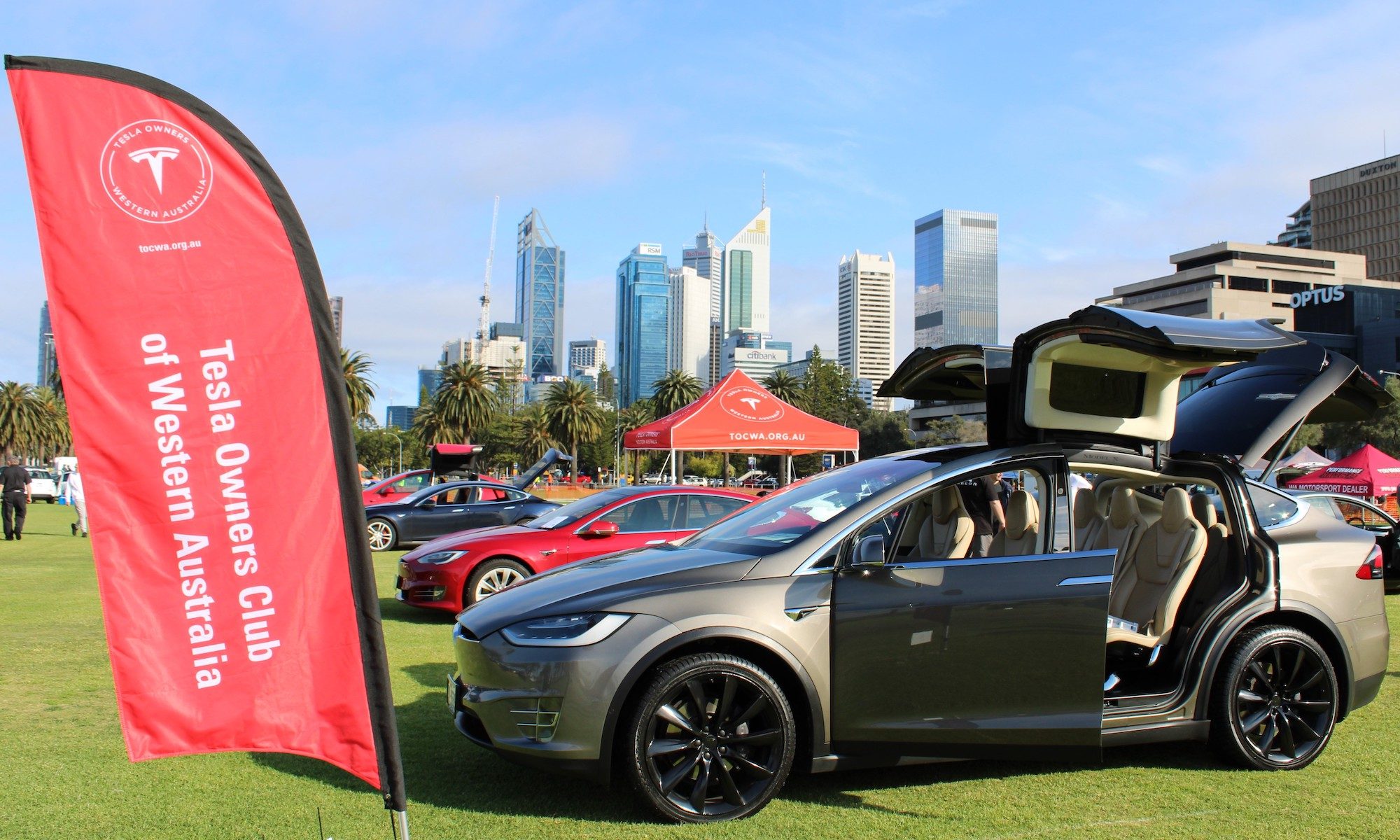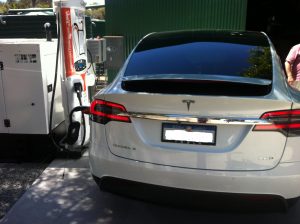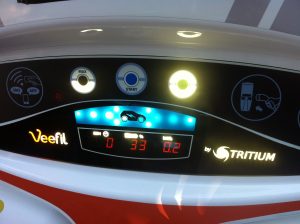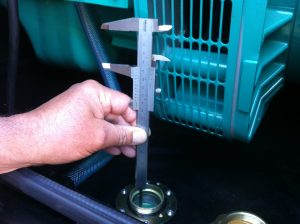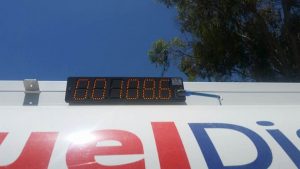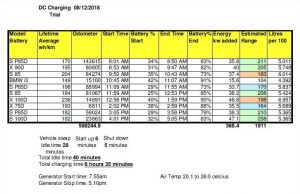On our recent trip to California for the Tesla Owners Group meetup, Harald and I hired a pair of matching Model 3s through Turo. They were both from the initial production run and therefore had the long-range battery, premium interior, single motor and in basic black.
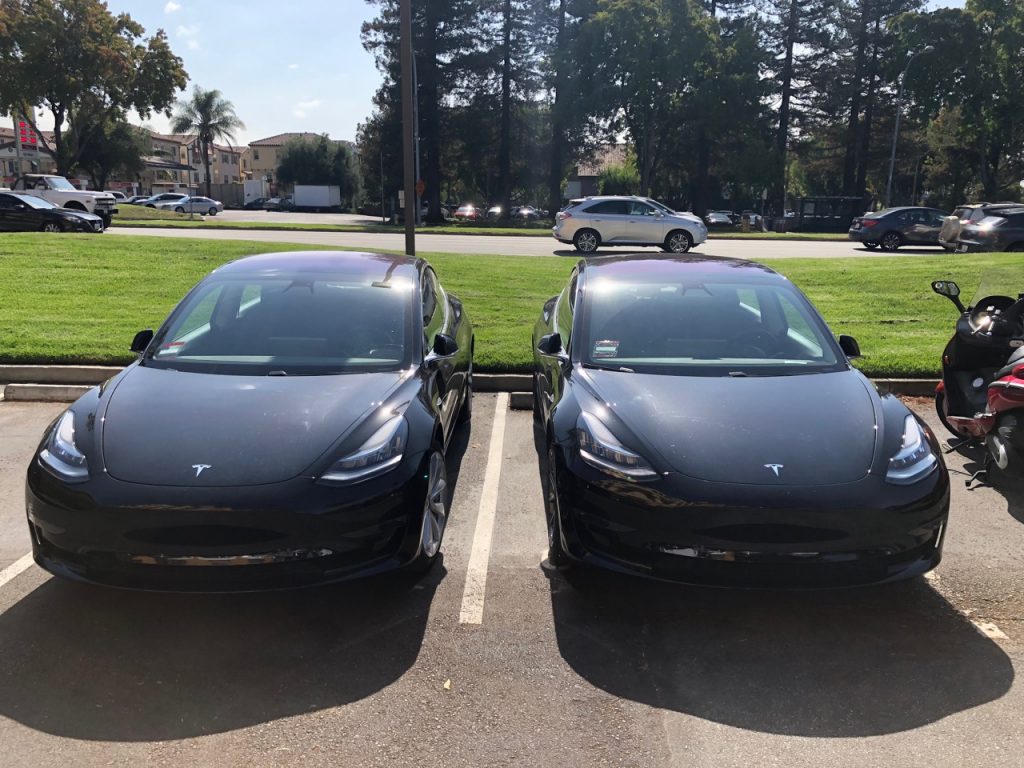
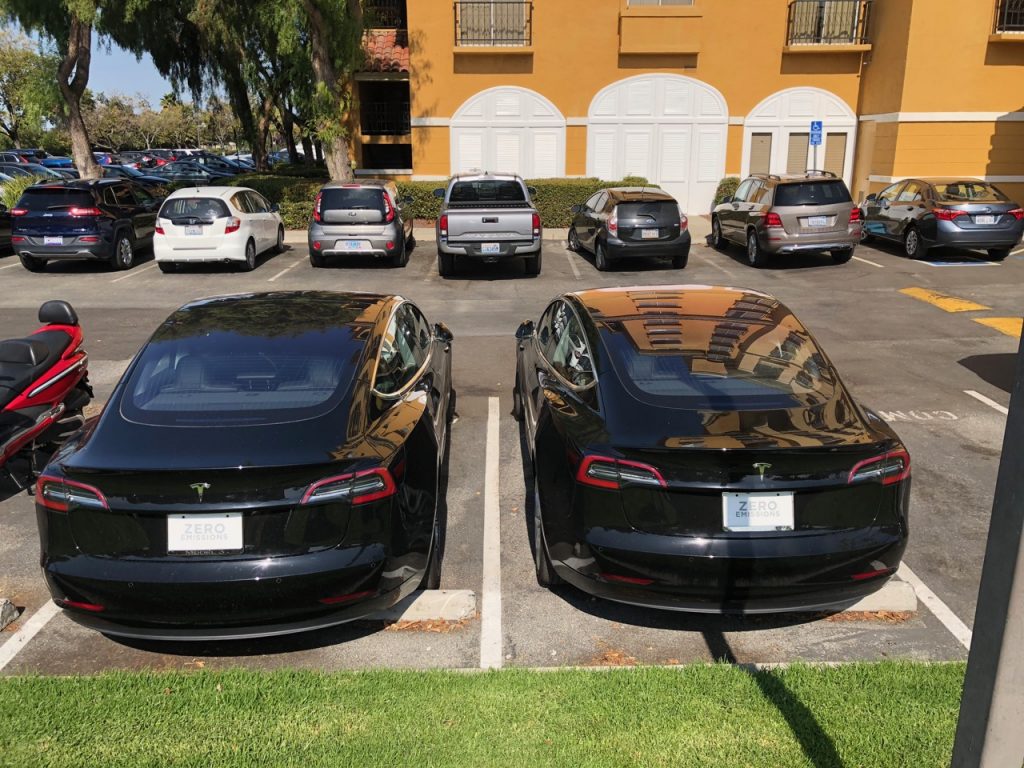
We are unlikely to see this model in Australia in the initial release, as like Europe, we’ll probably get the two dual-motor options – the long-range, premium dual-motor and the performance dual-motor.
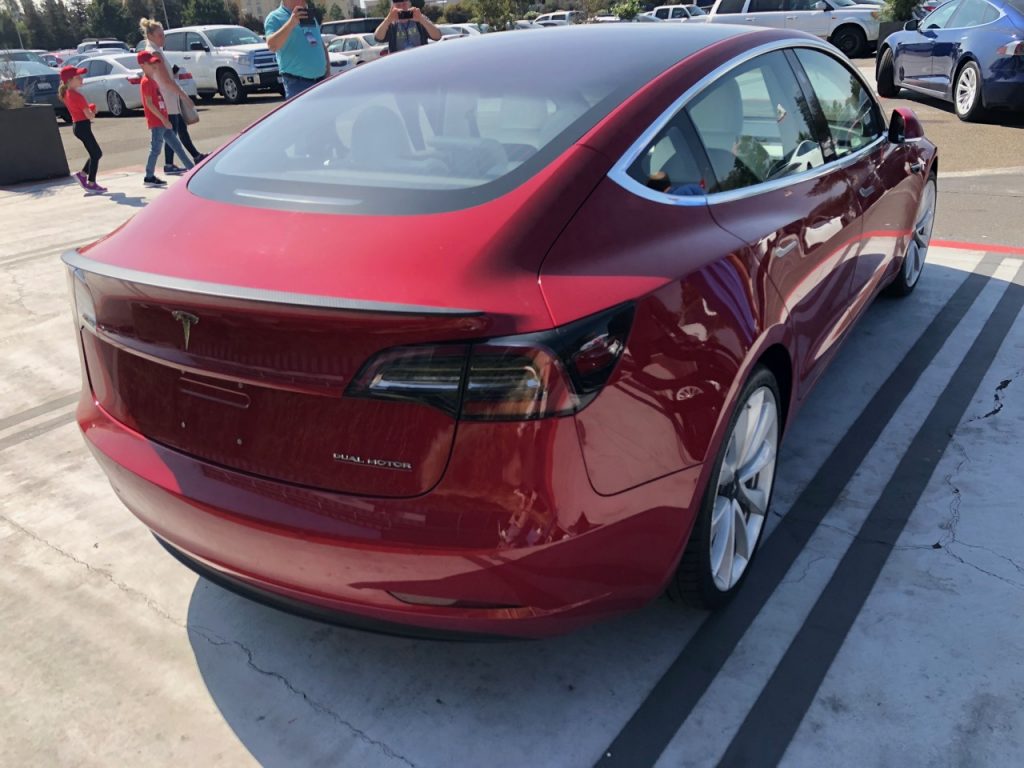
The conference was in Milpitas, and we flew into San Francisco, so there was a nice combination of interstate driving and local roads. After getting my head around 4-way stops in San Francisco, I headed out onto I-280. If you’ve driven a Model S, the Model 3 feels very familiar. The single-motor Model 3 feels a little slower than my uncorked S75D, but snappy enough for easy acceleration. The regenerative brakes feel similar also.
The main standout was the feeling that the 3 was much more nimble. This is not really a surprise given the reduced weight and wheelbase, but it was nice in unfamiliar road conditions to feel like you could point it and go. The suspension felt a little firmer than the S, but again, this is likely mostly related to the difference in weight.
The single screen was a novelty for about the first hour, and then I stopped noticing that it was any different. The vehicle I had was running a late v8 software version, but those who’ve upgraded to v9 will notice some similarities that we’ve inherited from the Model 3 software design. I don’t have any driving shots as I was by myself, but this image was taken while supercharging.
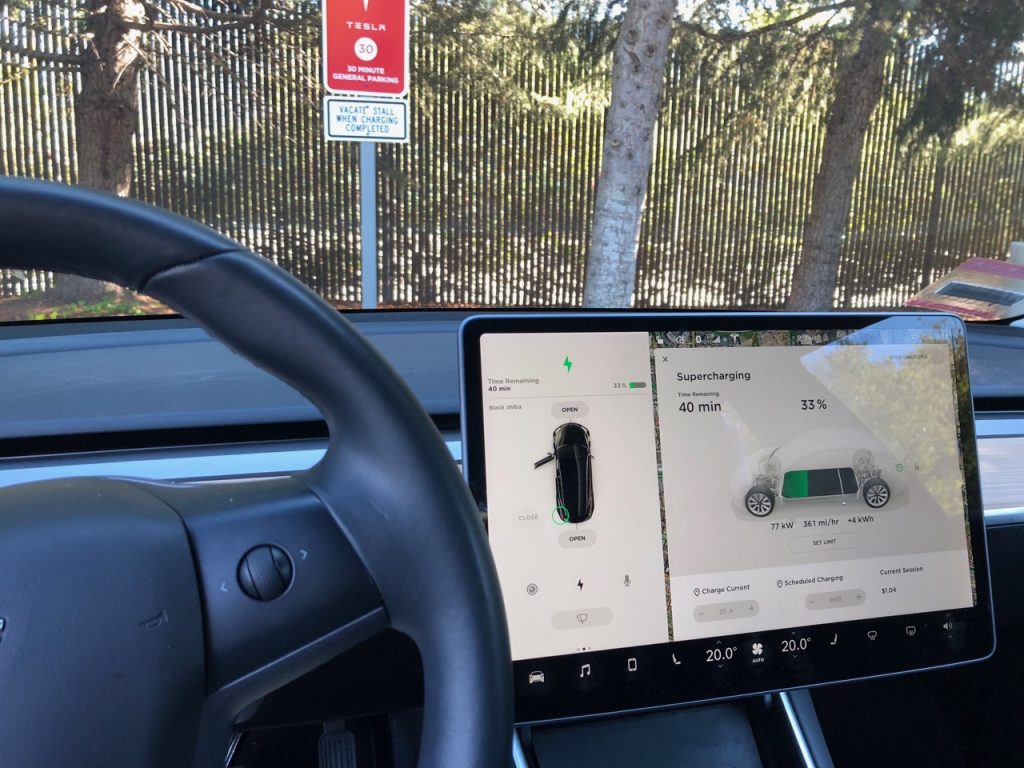
The third of the screen closest to the driver contains items that would appear on the Model S/X driver display and the remainder of the screen is laid out very similarly to the main display. One key difference is that because it’s all touchscreen, you can interact with the drivers display in a few ways. The steering wheel controls were also different with the scroll wheel and paired buttons replaced by a scrollwheel which could be pushed side-to-side as well. I had mine set up for the cruise speed and for audio control, and both options were intuative. It was sometimes tricky to advance the music track without also clicking pause, but I’m sure I would have got more used to it over time.
Annoyingly, the vehicles we hired did not have Autopilot enabled, so I wasn’t able to test that, but I assume it will respond much the same as any other Tesla with Autopilot.
Interior appointment was excellent. The seats were firm and comfortable and I think the rear seats were a little nicer than those in the Model S. Because there is no hatch, and therefore no need for hinge structure in the roof, the rear headroom felt better, and it was a perfectly fine place for two adults to sit. The Model 3 is narrower, and this would make it tight for three adults in the back, but certainly workable for shorter trips. The front ventilation is amazing, with the touchscreen controlling where the air is directed for driver and passenger – you can move the stream up and down, as well as set it as a single stream, or split. There are no moving parts in this system as I understand it – the air is directed by varying the amount at the top and bottom edges of the vent channel.
Luggage space is obviously much smaller than an S or X, but still very usable. The frunk is similar in size to that on a dual-motor S (I’m not sure how much smaller it gets when you have a dual-motor 3)
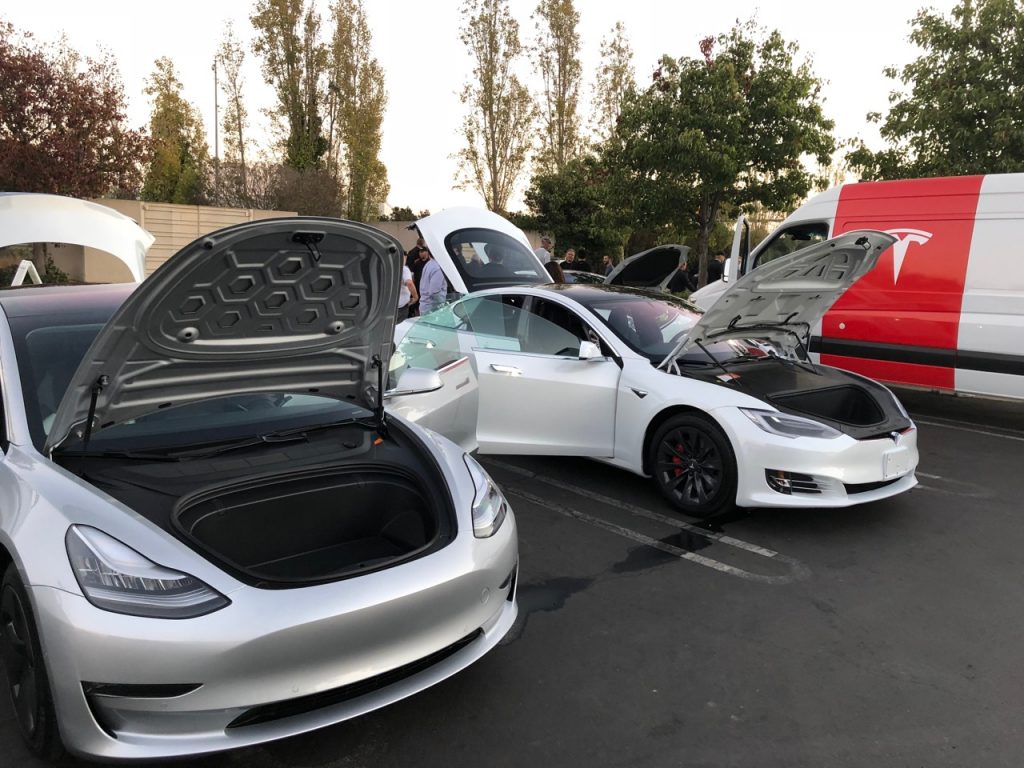
The rear space is quite different as the Model 3 is a sedan rather than a hatch. The boot lid opens high and the lip is small
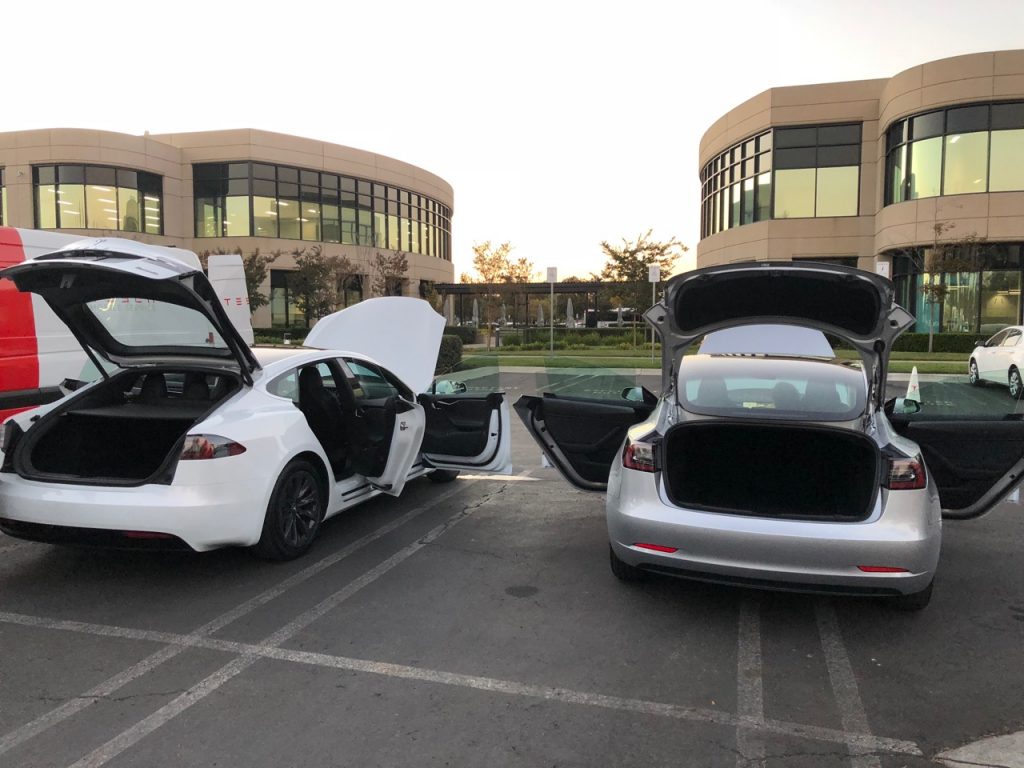
The main difference in practicality is that it is somewhat narrower, and therefore can restrict some types of cargo. I routinely put my road bike, with both wheels still attached into the S with the seats folded down with little fuss. Testing this on a Model 3 required removal of one bike wheel to fit through the opening to the back seat area.
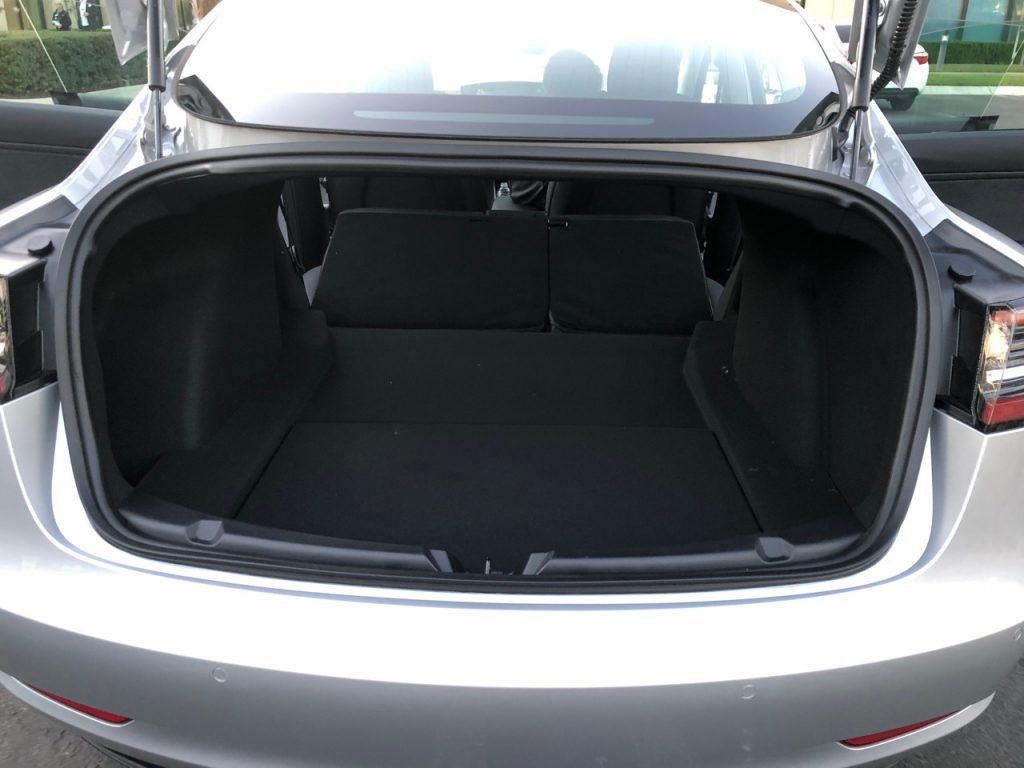
That said – it was still quite doable, and I doubt it would present much of a challenge – It felt similar to the space in my previous Audi A6, for which I needed to do the same thing.
Over the few days I used the car, I loved it more and more. Its smaller overall size made it much nicer to drive, and easier to park and manouvre. Whether the smaller storage spaces would bother me is hard to gauge. While in California, I was able to ride in the then-new dual-motor performance Model 3
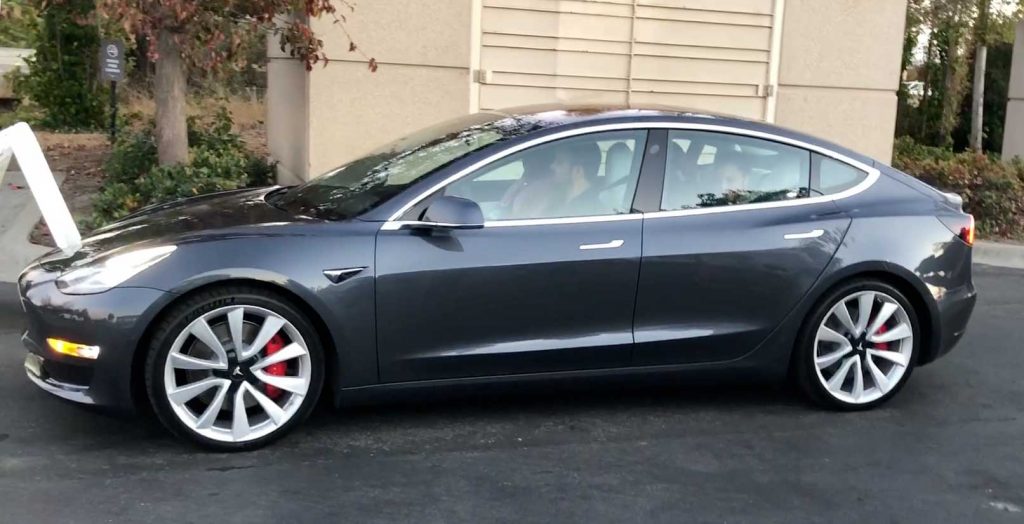
This was an eye-opening experience. The acceleration felt on par with a P-series S, although on the spec-sheet it’s *only* 3.5 seconds to 60mph. I walked away from that experience seriously considering replacing my S75D with a performance 3 – it’s likely to land in Australia around $A100,000 which is quite a bit less than I paid for my S.
Feel free to ask questions, make comments below, and I’ll try and answer as many as I can.
